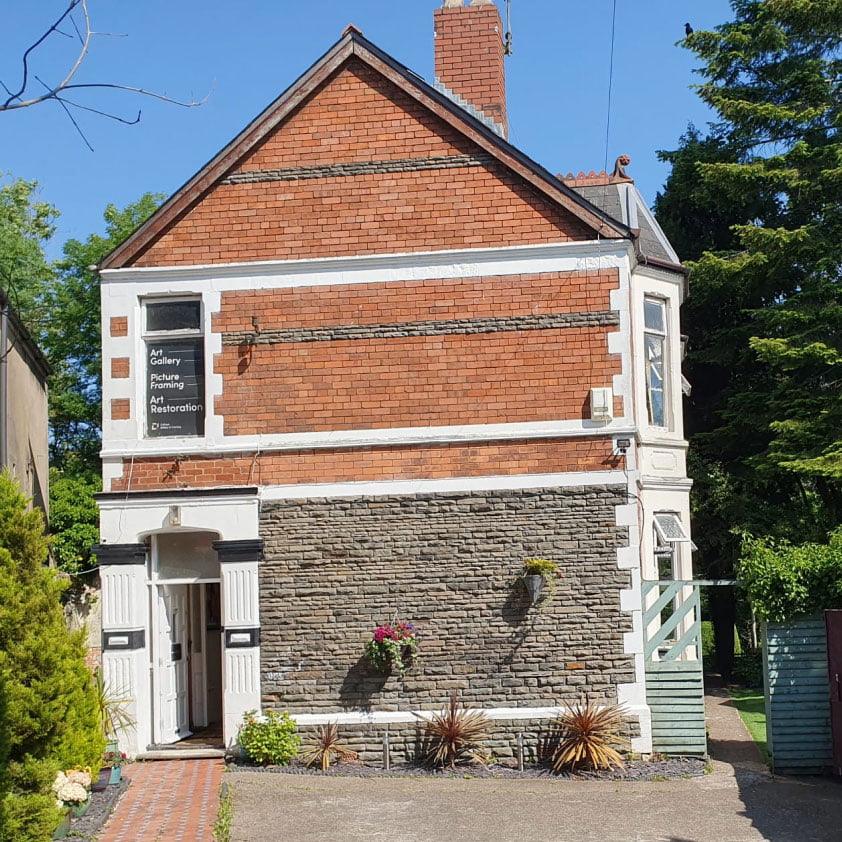Cathays Restoration provides art restoration services in Cardiff.
Cathays Restoration provides art restoration services in Cardiff.
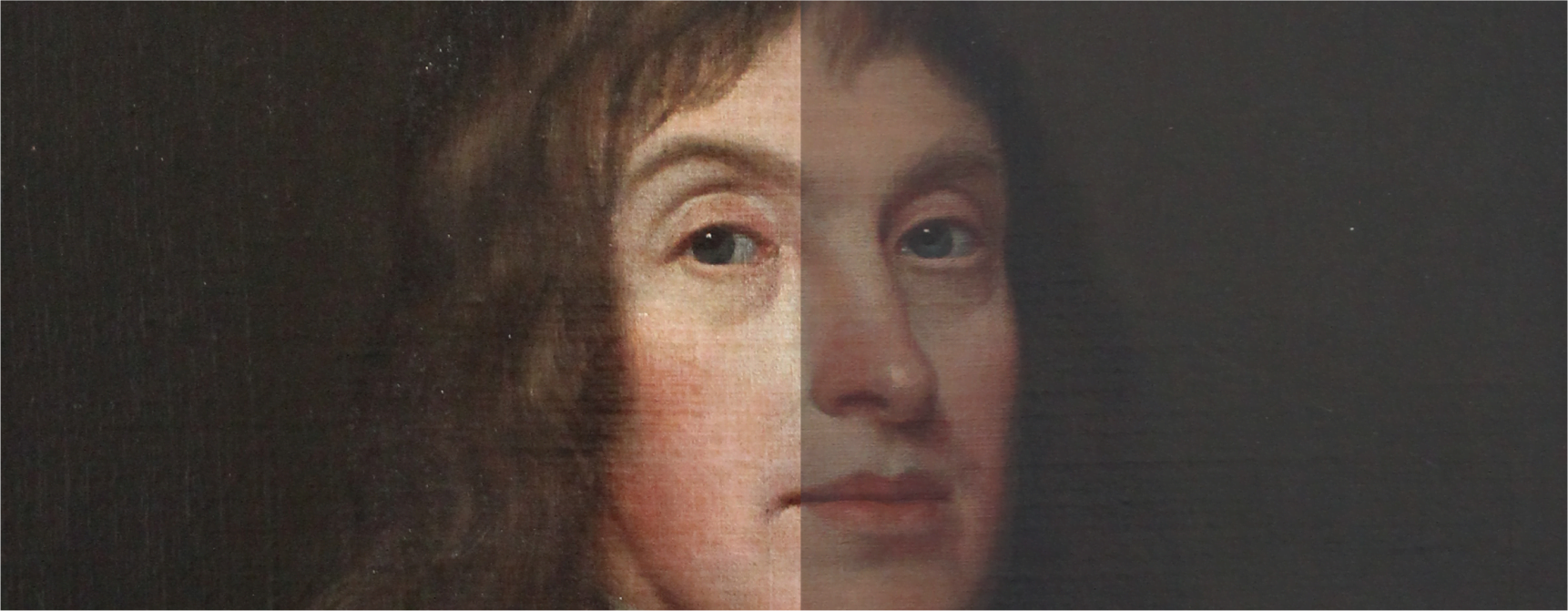

PAINTING RESTORATION & CONSERVATION
Cleaning and removal of varnish
Our cleaning and varnish removal services gently eliminate dirt, grime, and layers of varnish from surfaces, restoring their original beauty and luster. Using specialized techniques and high-quality products, we carefully remove debris and old varnish layers, revealing the true essence of the surface.
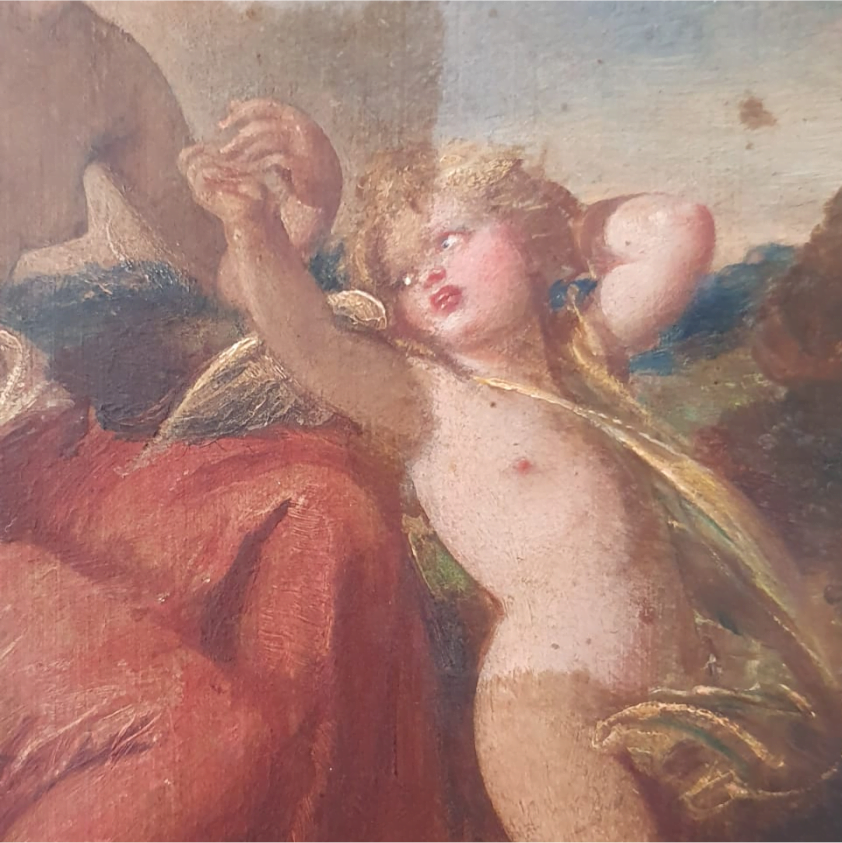
Repair of ripped or torn paintings
Our skilled team delicately mends and restores artwork using meticulous techniques and archival materials. From small tears to significant rips, we have the expertise to handle a wide range of restoration needs. Trust us to preserve the original beauty of your cherished pieces.
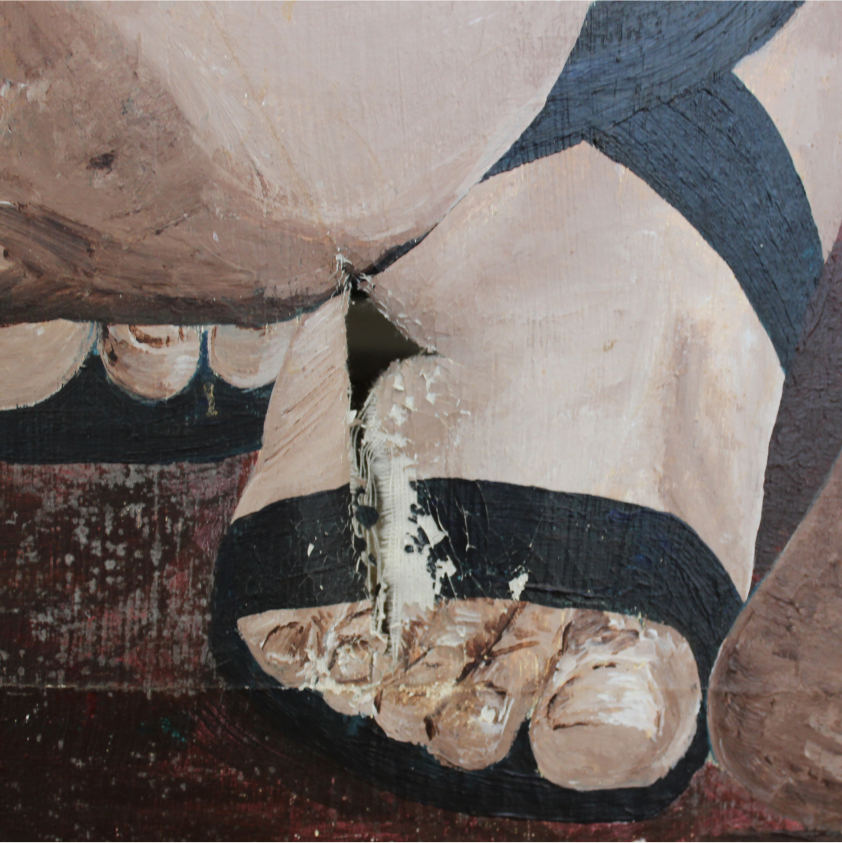
Consolidating loose paint
Using specialized methods and high-quality materials, we carefully address areas where the paint has become detached or compromised. By securely reattaching the loose paint, we ensure its longevity and prevent further deterioration. Our goal is to preserve the original integrity of your artwork and bring out its true beauty.

Re-lining
Re-lining not only addresses issues like sagging or unstable canvas, but it also helps to protect your artwork from further damage caused by environmental factors, such as fluctuations in temperature and humidity. By reinforcing the structural integrity of your artwork, we ensure its preservation for future generations to enjoy.
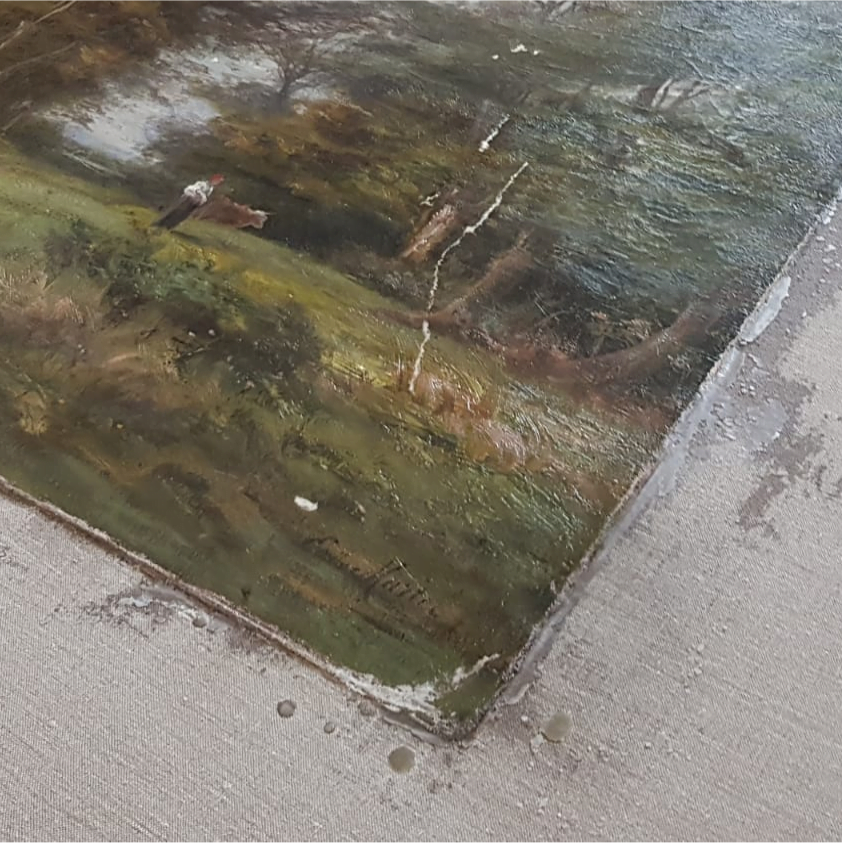
PAINTING RESTORATION & CONSERVATION
Cleaning and removal of varnish
Our cleaning and varnish removal services gently eliminate dirt, grime, and layers of varnish from surfaces, restoring their original beauty and luster. Using specialized techniques and high-quality products, we carefully remove debris and old varnish layers, revealing the true essence of the surface.
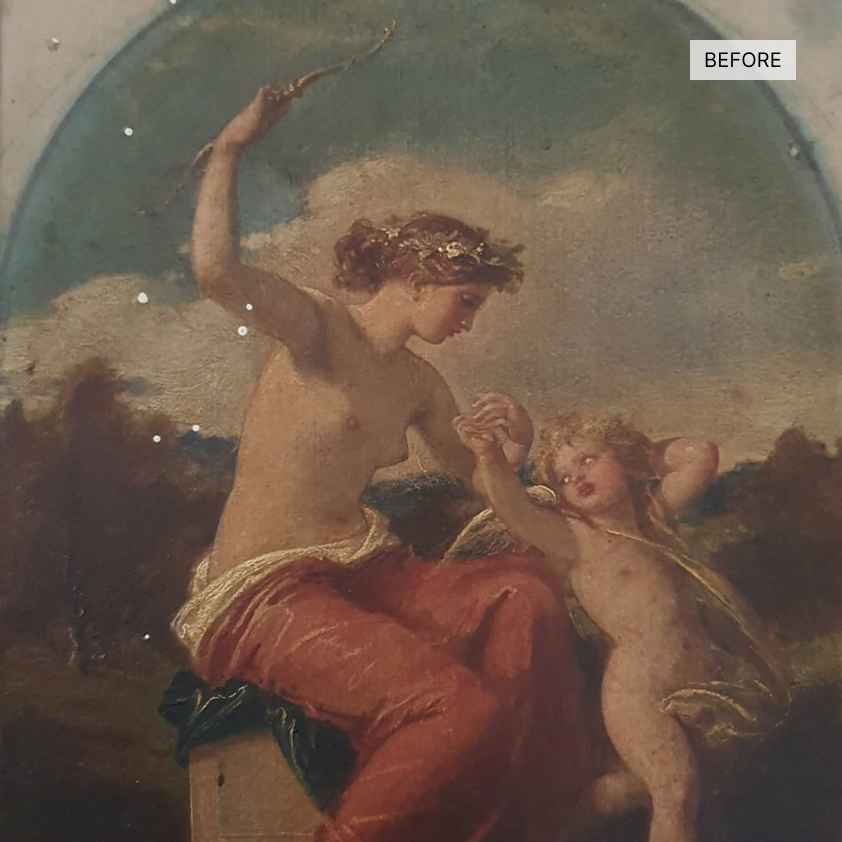
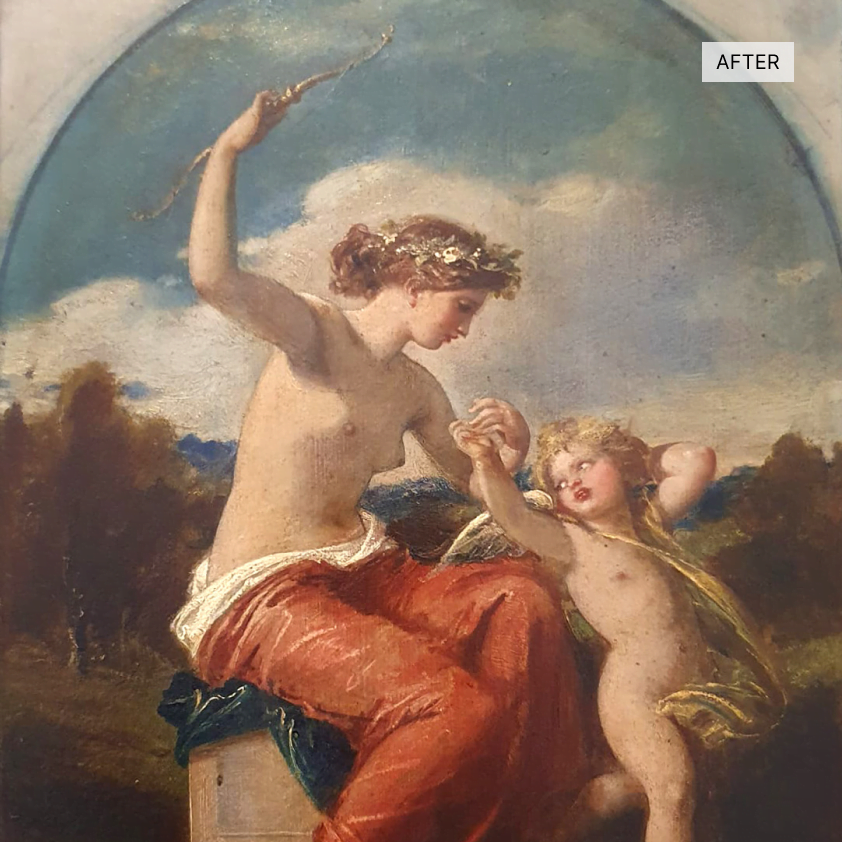
Repair of ripped or torn paintings
Our skilled team delicately mends and restores artwork using meticulous techniques and archival materials. From small tears to significant rips, we have the expertise to handle a wide range of restoration needs. Trust us to preserve the original beauty of your cherished pieces.
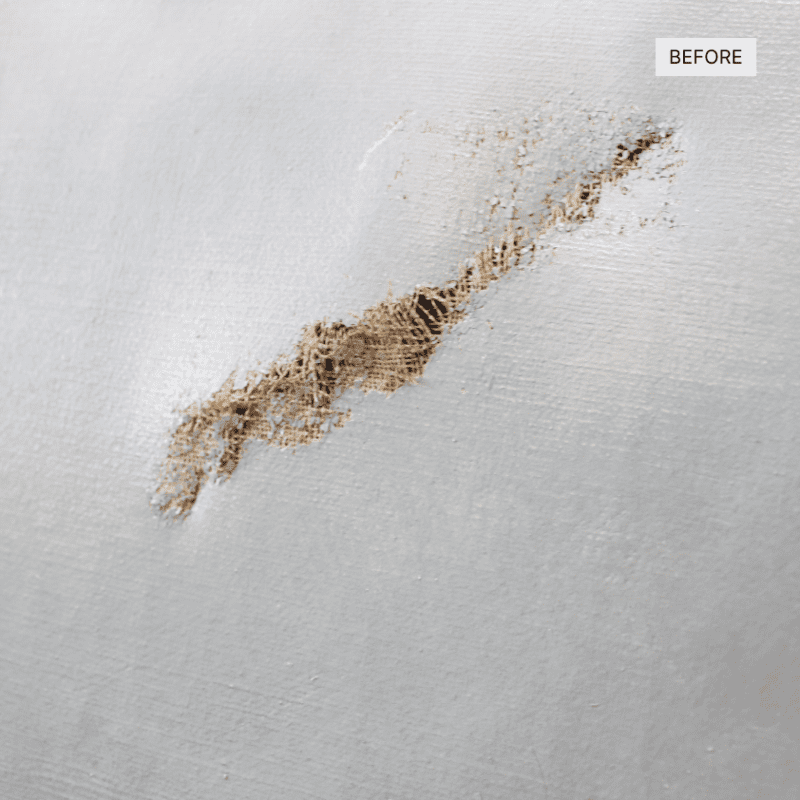
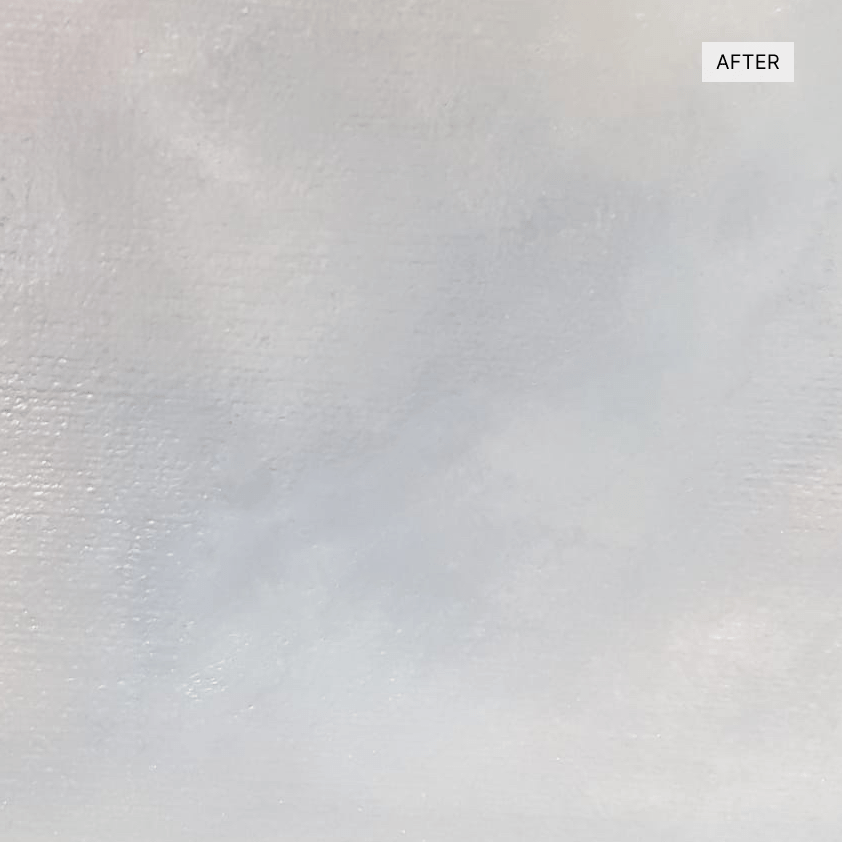
Consolidating loose paint
Using specialized methods and high-quality materials, we carefully address areas where the paint has become detached or compromised. By securely reattaching the loose paint, we ensure its longevity and prevent further deterioration. Our goal is to preserve the original integrity of your artwork and bring out its true beauty.
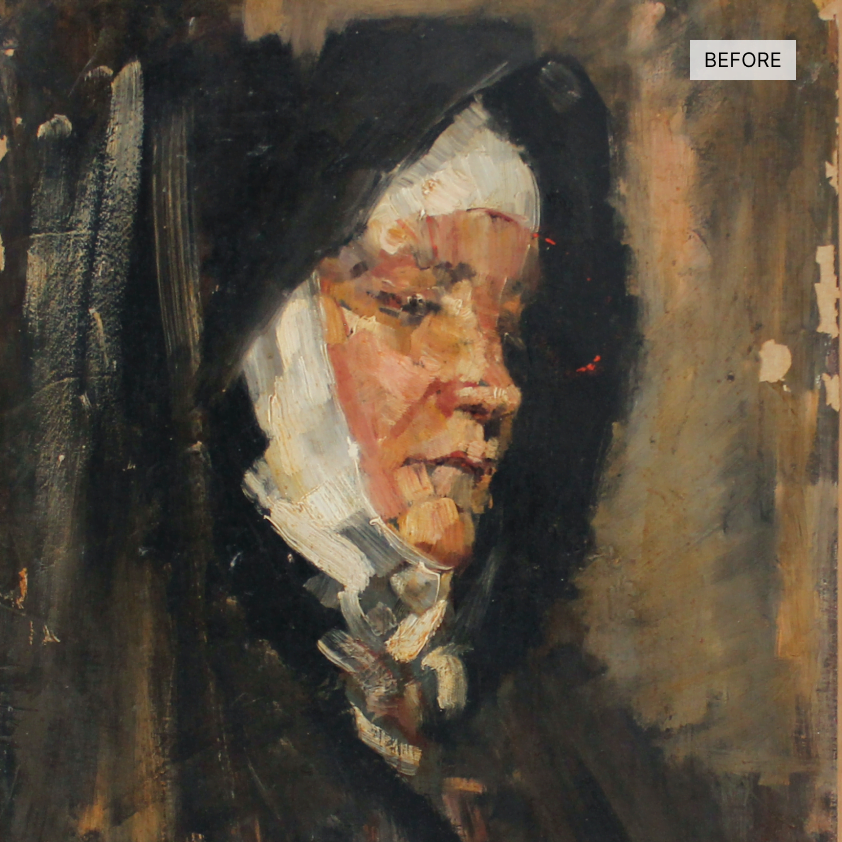
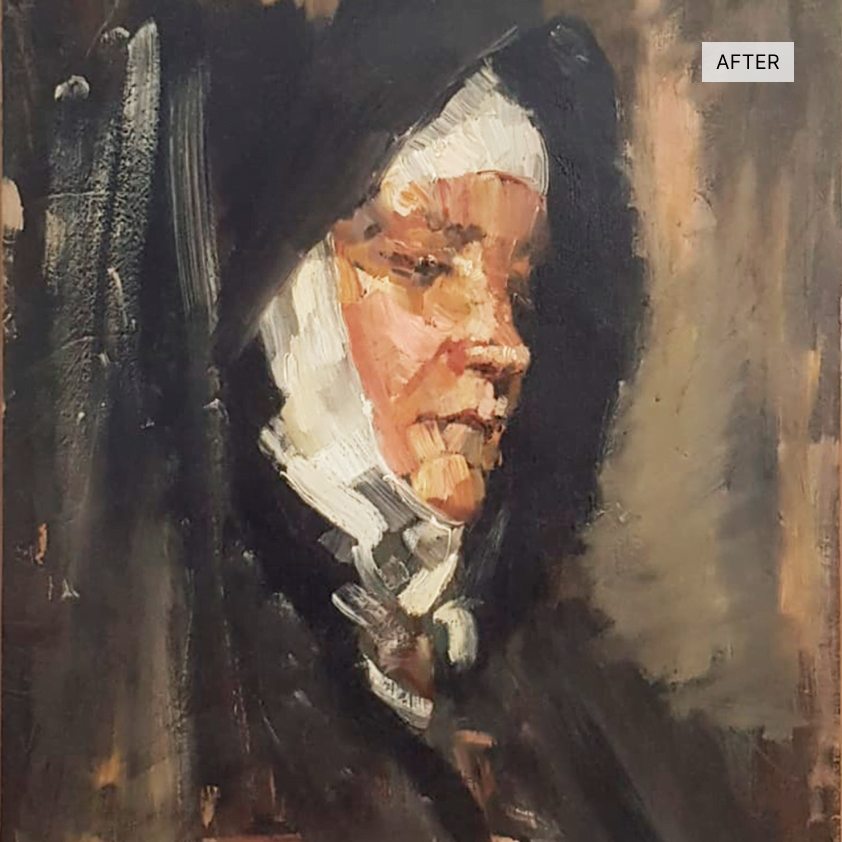
Re-lining
Re-lining not only addresses issues like sagging or unstable canvas, but it also helps to protect your artwork from further damage caused by environmental factors, such as fluctuations in temperature and humidity. By reinforcing the structural integrity of your artwork, we ensure its preservation for future generations to enjoy.
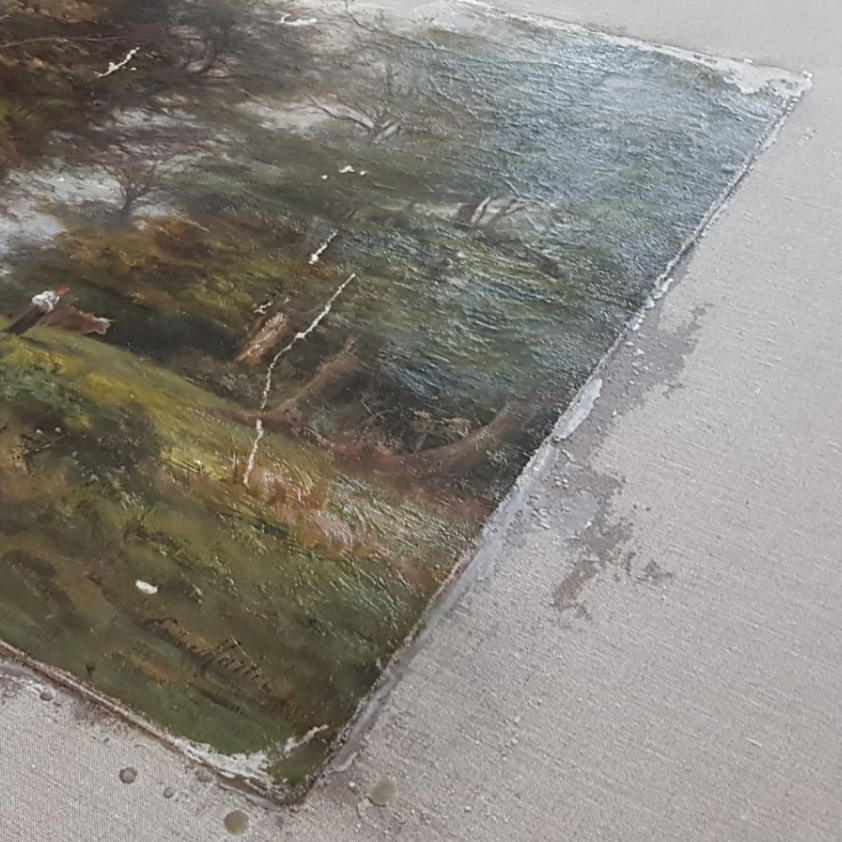
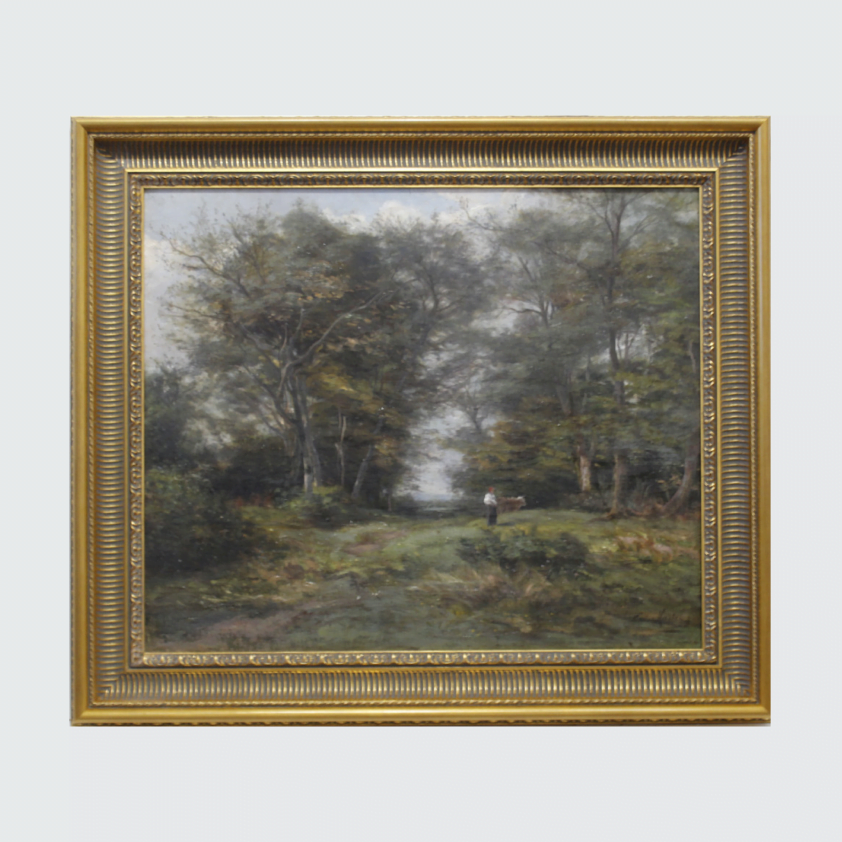
Landscape painting by E. Martel, circa 1820, Oil on canvas 60 x 90 cm
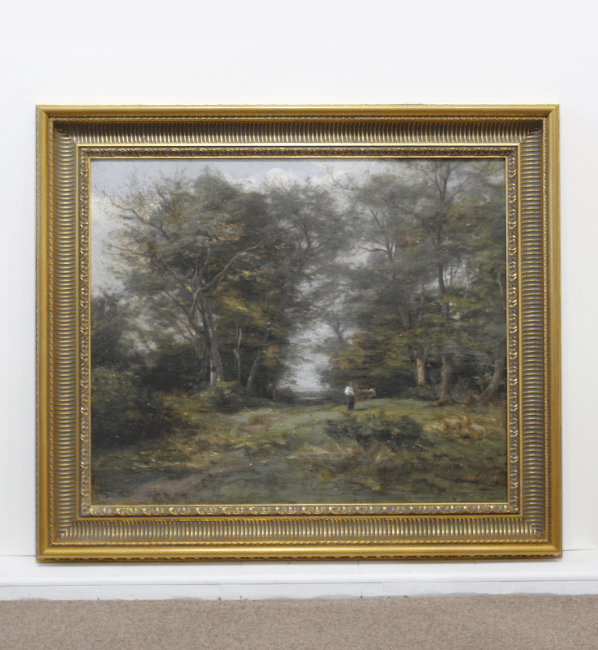
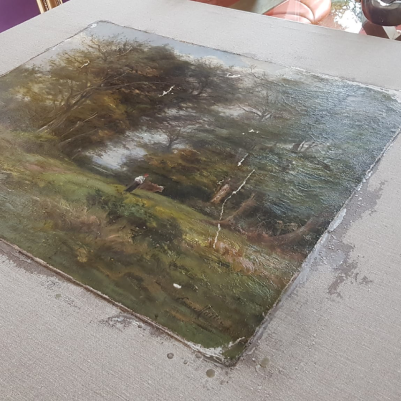
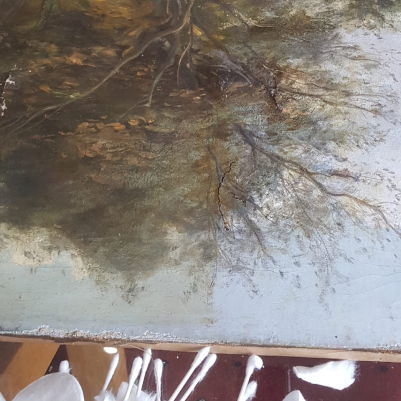
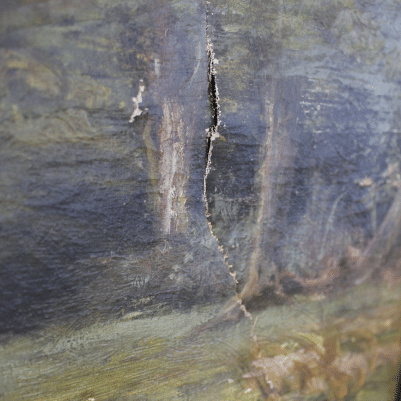
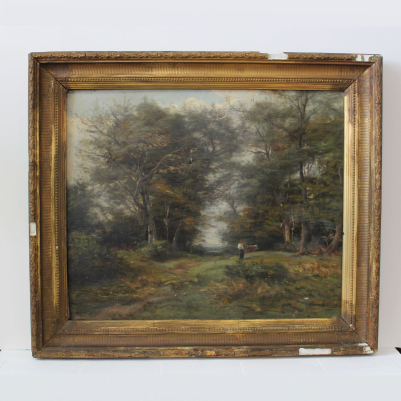
Portrait of a Nun by unknown artist, early 20th Century, oil on canvas, 26 x 35 cm
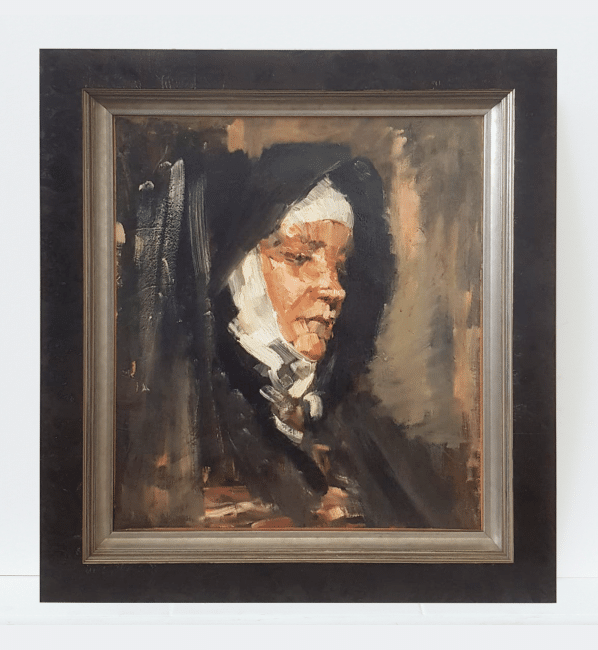

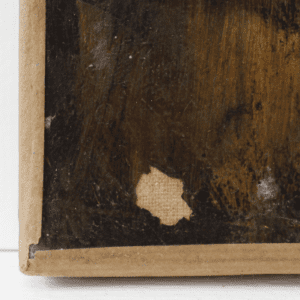
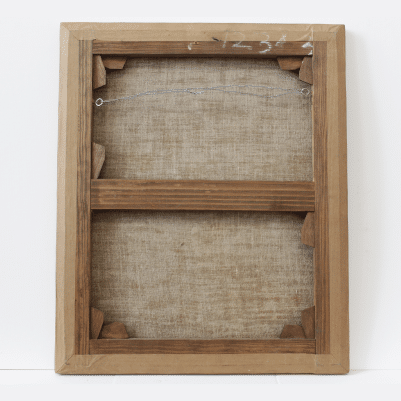
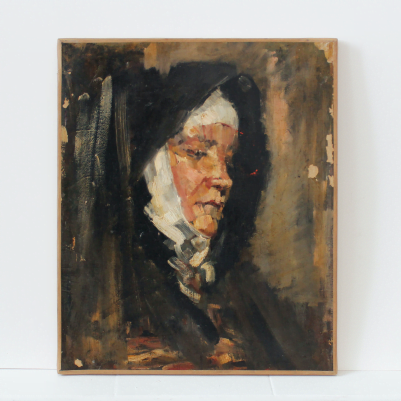
Woman and child, by Angelica Kauuffman, oil on panel, circa 1770, 16 x 20 cm
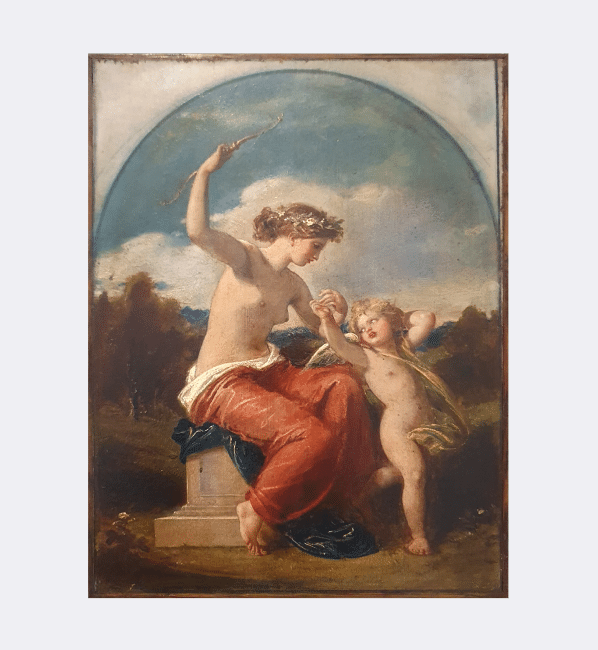
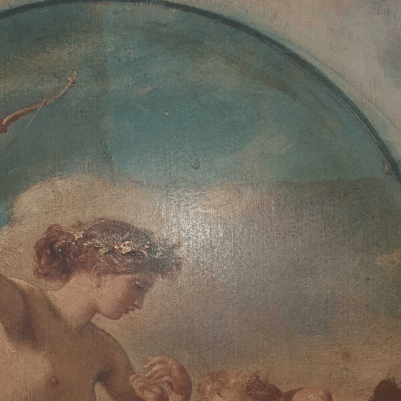
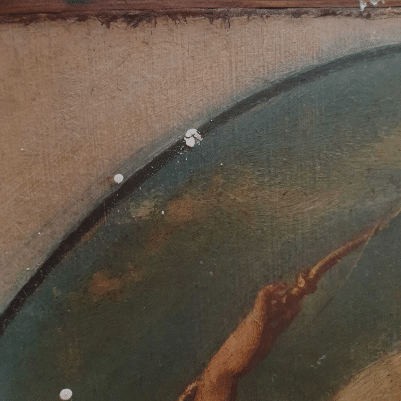
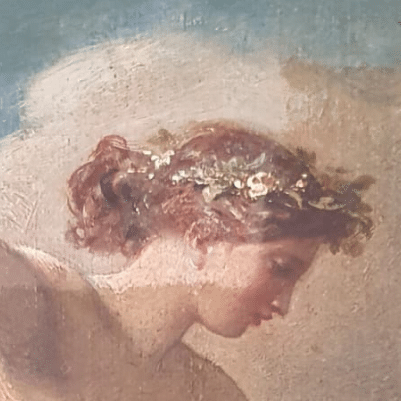
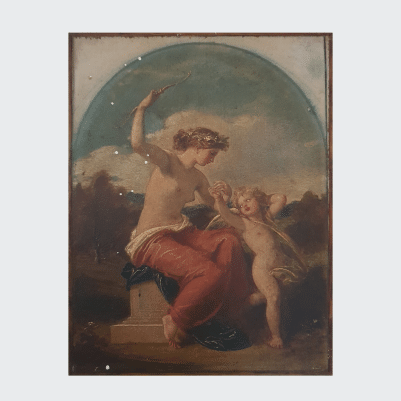
Get a free consultation with a restoration expert
OTHER SERVICES
Paper art, photography and document restoration
Paper restoration plays a vital role in preserving our cultural heritage and ensuring that future generations can appreciate and learn from these valuable artifacts. Through meticulous cleaning, repair, and preservation techniques, paper conservators breathe new life into damaged and deteriorated documents, manuscripts, and artworks. By embracing the principles of conservation ethics and collaborating with experts, we can safeguard our past and pass it on to the future, allowing these artifacts to continue to inspire and educate.
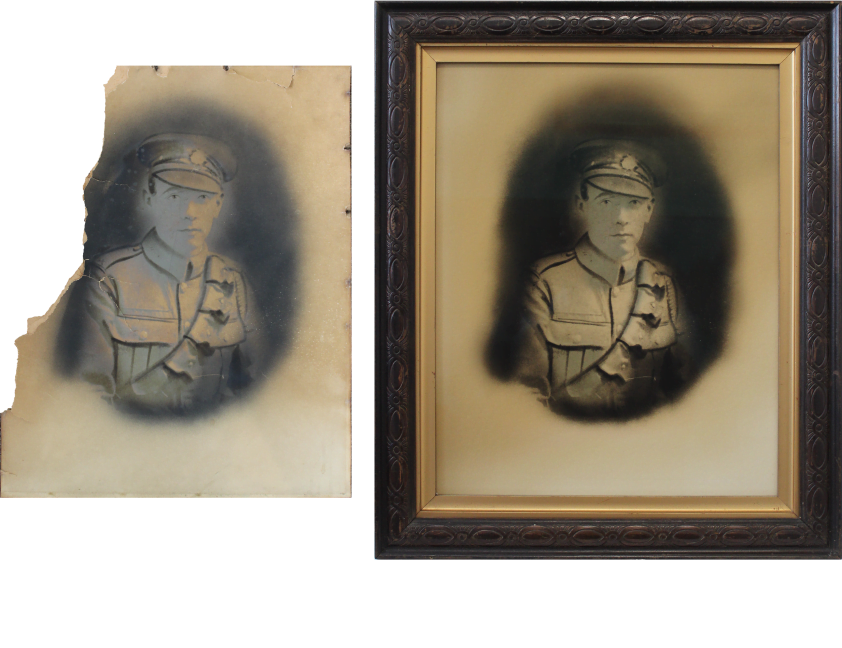
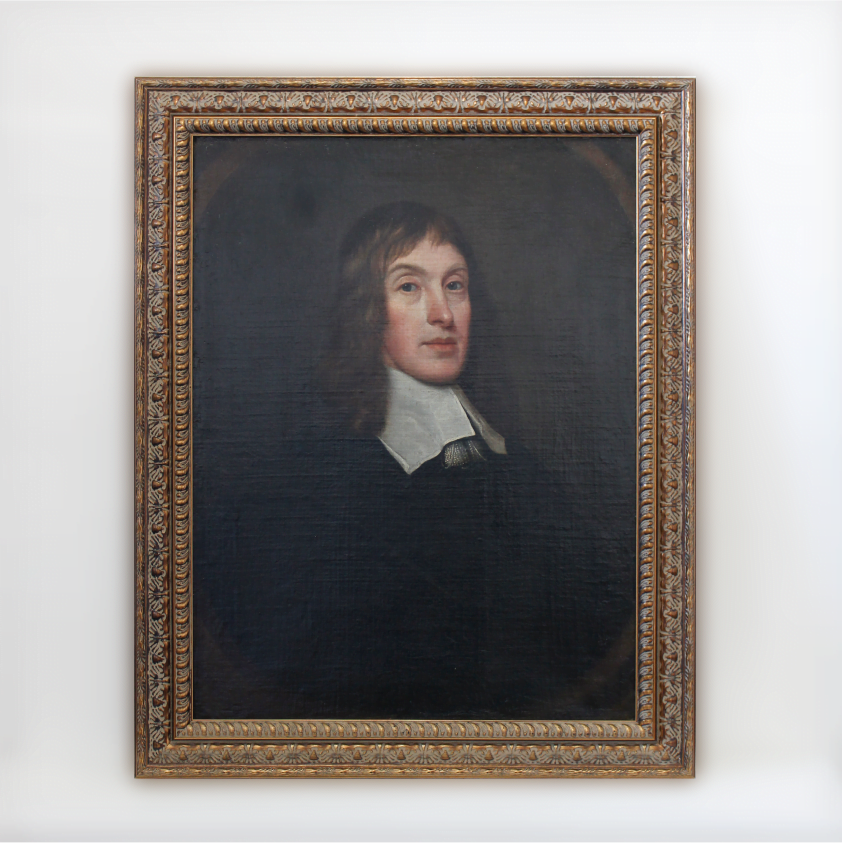
Re-framing restored art
Re-framing restored art is an art form in itself, requiring careful consideration and expertise. By choosing the appropriate frame, materials, and techniques, the aesthetic presentation of restored artwork can be significantly enhanced. The collaboration between art conservators and framing professionals is essential in achieving an optimal re-framing result, preserving the artwork’s historical context and artistic integrity while creating an engaging visual experience for viewers.

OTHER SERVICES
Paper art, photography and document restoration
Paper restoration plays a vital role in preserving our cultural heritage and ensuring that future generations can appreciate and learn from these valuable artifacts. Through meticulous cleaning, repair, and preservation techniques, paper conservators breathe new life into damaged and deteriorated documents, manuscripts, and artworks. By embracing the principles of conservation ethics and collaborating with experts, we can safeguard our past and pass it on to the future, allowing these artifacts to continue to inspire and educate.

Re-framing restored art
Re-framing restored art is an art form in itself, requiring careful consideration and expertise. By choosing the appropriate frame, materials, and techniques, the aesthetic presentation of restored artwork can be significantly enhanced. The collaboration between art conservators and framing professionals is essential in achieving an optimal re-framing result, preserving the artwork’s historical context and artistic integrity while creating an engaging visual experience for viewers.

Extensive range of conservation methods to solve most issues from tears to cleaning
"Alon at Cathay's Picture Framing & Gallery recently restored a old family art work (over 40 years old) and heavily impacted by years of dust, smoke etc - the work was amazing and has brought the picture back to life - I can't thank them enough and would recommend their services.”
A. Metcalfe | Cardiff
From initial examination to full restoration
"We had a family oil painting of sentimental value cleaned and restored to its 1911 former glory. Alon assessed the work needing to be undertaken to stabilise the painting. The work undertaken brought the painting back to life and preserved it for the future. Alon’s professionalism and attention to detail was outstanding. This was a first rate experience supporting a local artisan as well.”
M. Lathan | Cardiff
Cardiff's Art Restoration Excellence
"Cathays Picture Framing & Gallery were amazing! I was absolutely distraught that a beloved oil painting, given to me by the artist, had been exposed to damp and my attempts to protect it created additional damage. I thought it might be beyond rescue. CPF&G carefully undid the damage, treated it, and reframed it. To see it in such a beautiful condition once again was unbelievable. They worked magic. It's back on the wall and looks better than it has done in years.”
L. Walsh | Cardiff
Reversible restoration methods and materials will last decades
"First class service and great quality restoration. My future ‘go to’ place for all things restoration and framing. Has a great gallery as well.”
S.B | Cardiff
Experts in restoring modern and historic fine art
"Fabulous experience. A very personal experience that has given new life to paintings I was given years ago. The canvases remained in my garage rolled up and were cracked and sad.Now they are glorious and have a new life and love. I am so excited to hang them in a few weeks and see them in all their new glory.The chosen frames compliment and highlight the colours and textures of each individual painting.They are a joy to have.Thank you so much!"
K. Marks | Cardiff
PAINTING RESTORATION PROCESS
The restoration process begins with a thorough assessment of the artwork. This involves examining its condition, identifying any damage, and documenting its current state through detailed notes & photographs.
Before any solvent or heating devices are used we test how the surface of the painting reacts to different materials and temperatures to avoid unwanted damage.
Removal of dirt, dust, and other surface contaminants. Conservators use gentle cleaning techniques and solvents that are carefully selected to avoid any harm to the original paint layers or delicate surfaces.
If an artwork has structural issues, such as loose or flaking paint, cracks, or tears, the conservator will work to stabilize these areas. This may involve consolidating loose paint, repairing tears with adhesive, or filling and retouching cracks.
Over time, varnish can darken or yellow, distorting the original colours of the artwork. In such cases, the conservator may carefully remove the old varnish layer, using solvents that do not harm the underlying paint layers.
If there are areas of lost paint or damage that cannot be repaired, a conservator may retouch those areas to integrate them visually with the original artwork. This is done using compatible materials and techniques to mimic the surrounding original paint layers, ensuring a seamless integration.
Once the restoration work is complete, a conservator may apply a new layer of varnish or surface coating to protect the artwork from environmental factors such as dust, humidity, and UV light. The choice of varnish is critical as it should be reversible and compatible with the original paint layers.
After the restoration is finished, the conservator will document the entire process, including the materials used and the techniques employed. This documentation helps in future research, reference, and conservation efforts.
PAINTING RESTORATION PROCESS
The restoration process begins with a thorough assessment of the artwork. This involves examining its condition, identifying any damage, and documenting its current state through detailed notes & photographs.
Before any solvent or heating devices are used we test how the surface of the painting reacts to different materials and temperatures to avoid unwanted damage.
Removal of dirt, dust, and other surface contaminants. Conservators use gentle cleaning techniques and solvents that are carefully selected to avoid any harm to the original paint layers or delicate surfaces.
If an artwork has structural issues, such as loose or flaking paint, cracks, or tears, the conservator will work to stabilize these areas. This may involve consolidating loose paint, repairing tears with adhesive, or filling and retouching cracks.
Over time, varnish can darken or yellow, distorting the original colours of the artwork. In such cases, the conservator may carefully remove the old varnish layer, using solvents that do not harm the underlying paint layers.
If there are areas of lost paint or damage that cannot be repaired, a conservator may retouch those areas to integrate them visually with the original artwork. This is done using compatible materials and techniques to mimic the surrounding original paint layers, ensuring a seamless integration.
Once the restoration work is complete, a conservator may apply a new layer of varnish or surface coating to protect the artwork from environmental factors such as dust, humidity, and UV light. The choice of varnish is critical as it should be reversible and compatible with the original paint layers.
After the restoration is finished, the conservator will document the entire process, including the materials used and the techniques employed. This documentation helps in future research, reference, and conservation efforts.
Tell us about your restoration project.
Contact us today.
